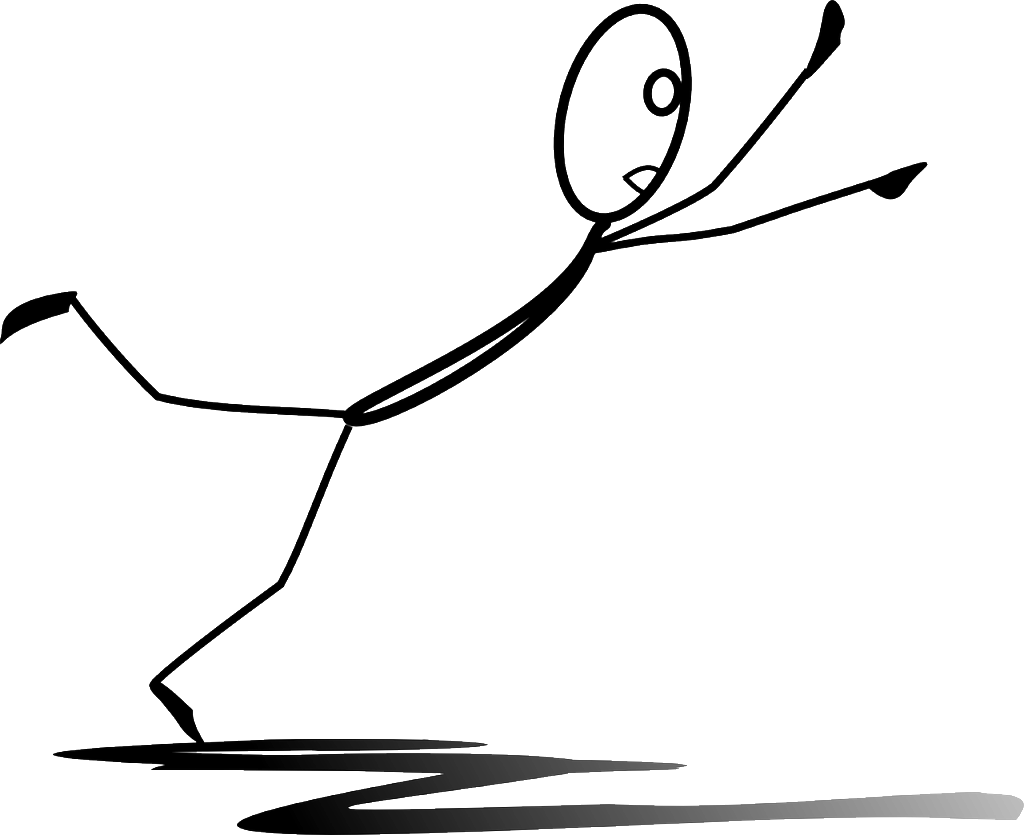In life, you fall.
Today in taekwondo class, we practiced falling.
Now, you might be asking yourself: “Do you have to PRACTICE falling. Isn’t it easy?”
Well, yes. It does not take any special talent to fall. But if you want to fall AND not get hurt, that is not so easy. We kneel and put our hands up next to our face, then, without bending at the waist, we turn our face to the side (so you don’t break your nose) and just fall forward. Just before hitting the mat, we slap the floor and hit it with our full forearm to dissipate the force of the fall and to slow the decent.
Counter-intuitively, the goal is not to stop the fall. Putting your hand out in front of you is a kind of instinctual response, but it results in a broken wrist. So you have to train to overcome that inclination, and accept the fall with your torso and forearms.
This exercise is extremely important. In practicing martial arts, and certainly in any real life encounter, you are going to fall, and probably fall hard. You have to learn how to do it well, or you are going to get hurt, no matter how good a fighter you are. We cannot protect ourselves from every fall. And we don’t really even want to. The question, therefor is not “Will you fall?” but rather “How well will you fall?”
The technique itself is not particularly difficult or demanding. The hard part is the trust and confidence necessary to unlearn and then relearn how to fall.
It is these two qualities, trust and confidence, that give the martial artist and the spiritual artist incredible capacity and resilience.
It all got me thinking - though we generally acknowledge that life inevitably has losses, setbacks and failures – how little we practice falling.
First as fragile infants, and later as fragile elders, we charge through life, all pistons firing, acquiring the necessary education and training we need to succeed in school and work, while never getting the training and education we need to learn how to fail and lose. We get through (or sometimes we don’t) by hook or by crook, but is that the best we can do? Isn’t there a technique for falling that applies off the TKD mat?
It goes back to those two qualities, trust and confidence. Only practice and experience can bring that level of trust and only good technique and confidence in your training, learning and experience can allow you to accept the fall without fear of injury or harm. It still might hurt, your first will never be as good as your most recent, and you can’t learn this stuff in a book. But it can be learned.
From the Psalms to the blues, spiritual traditions teach us that falling is not an aberration, but a part of life, and to call out when we stumble and fall. These appeals are also a harnessing of confidence. By singing them, we practice trusting - though falling is a part of life, it is not all of life. With practice, you can learn how to fall better, and get back up faster.


